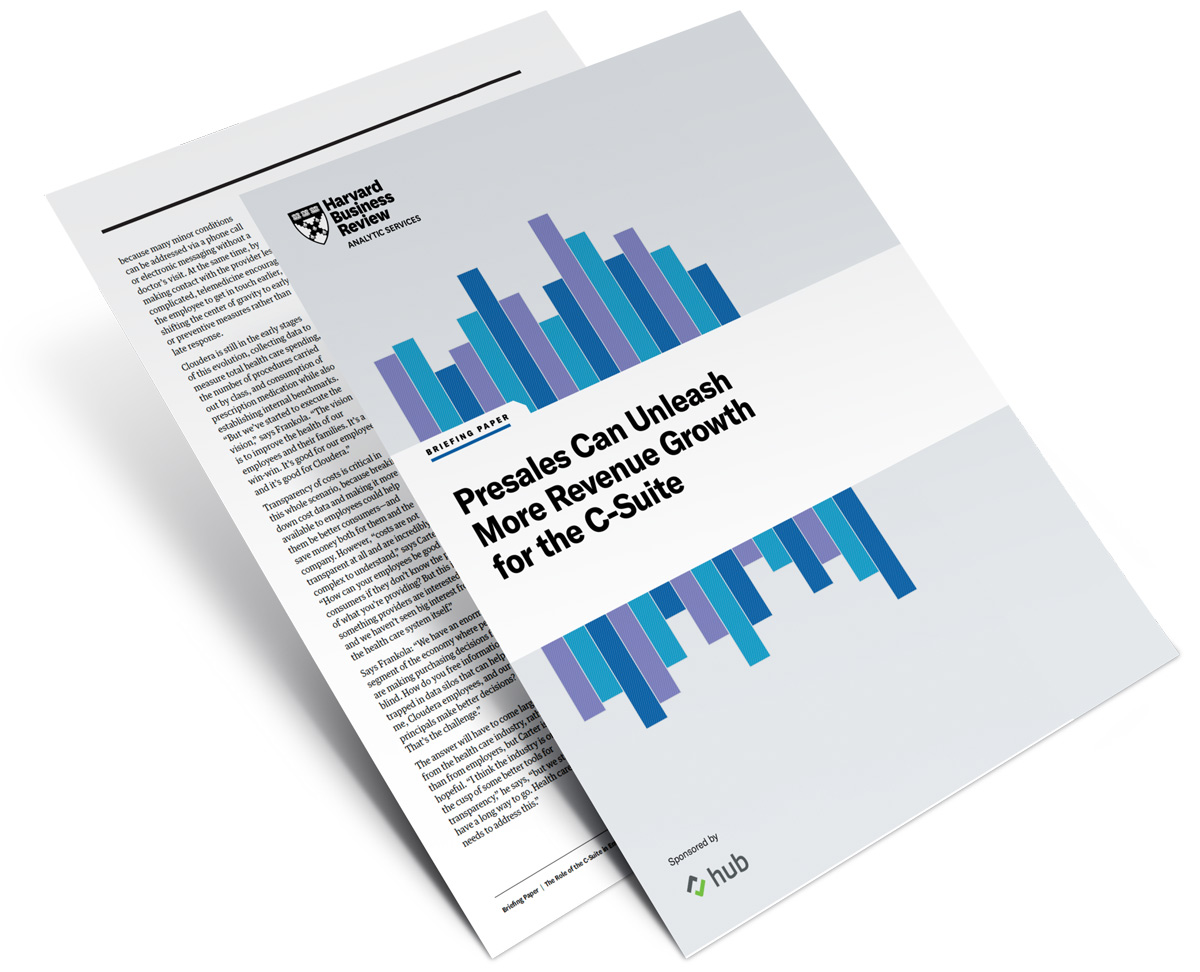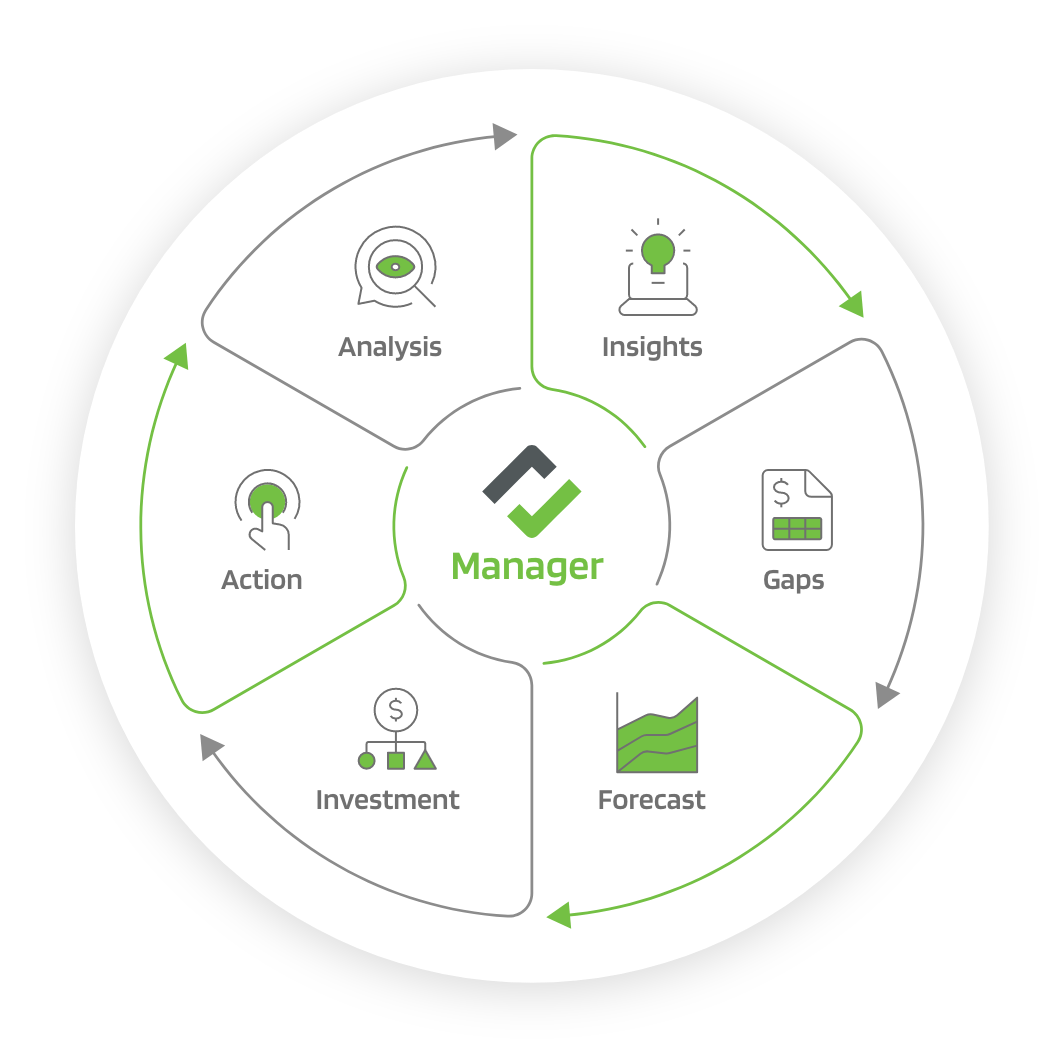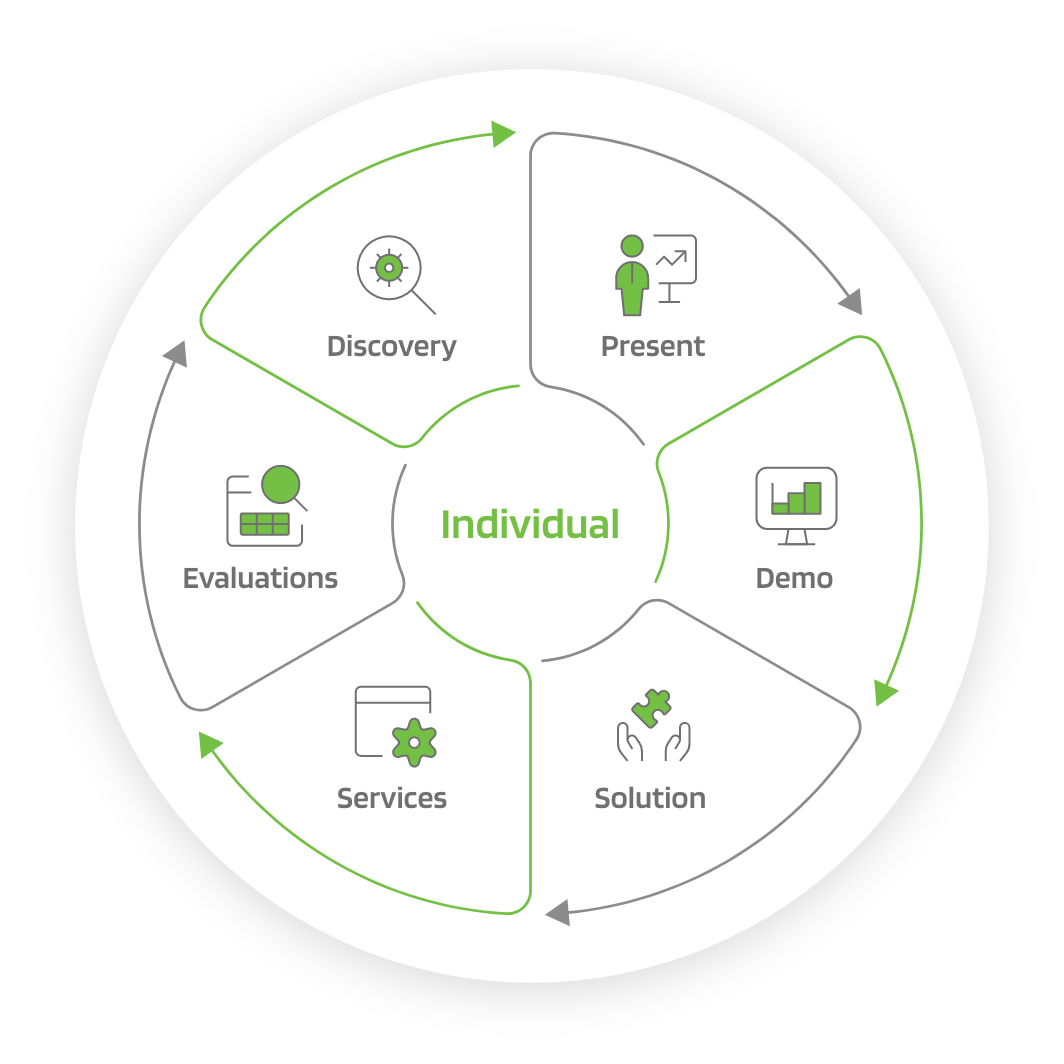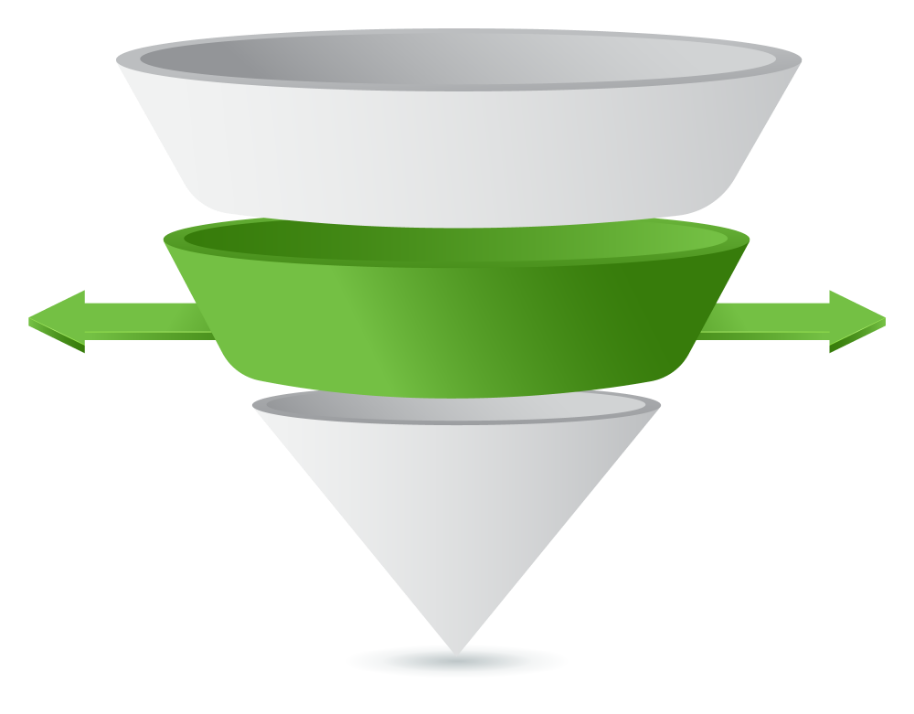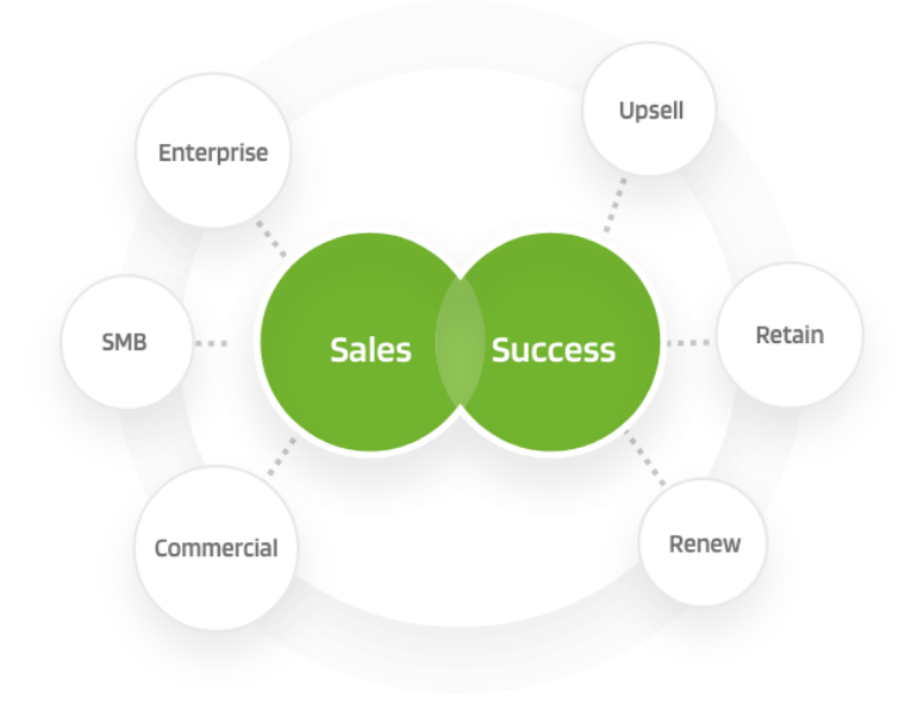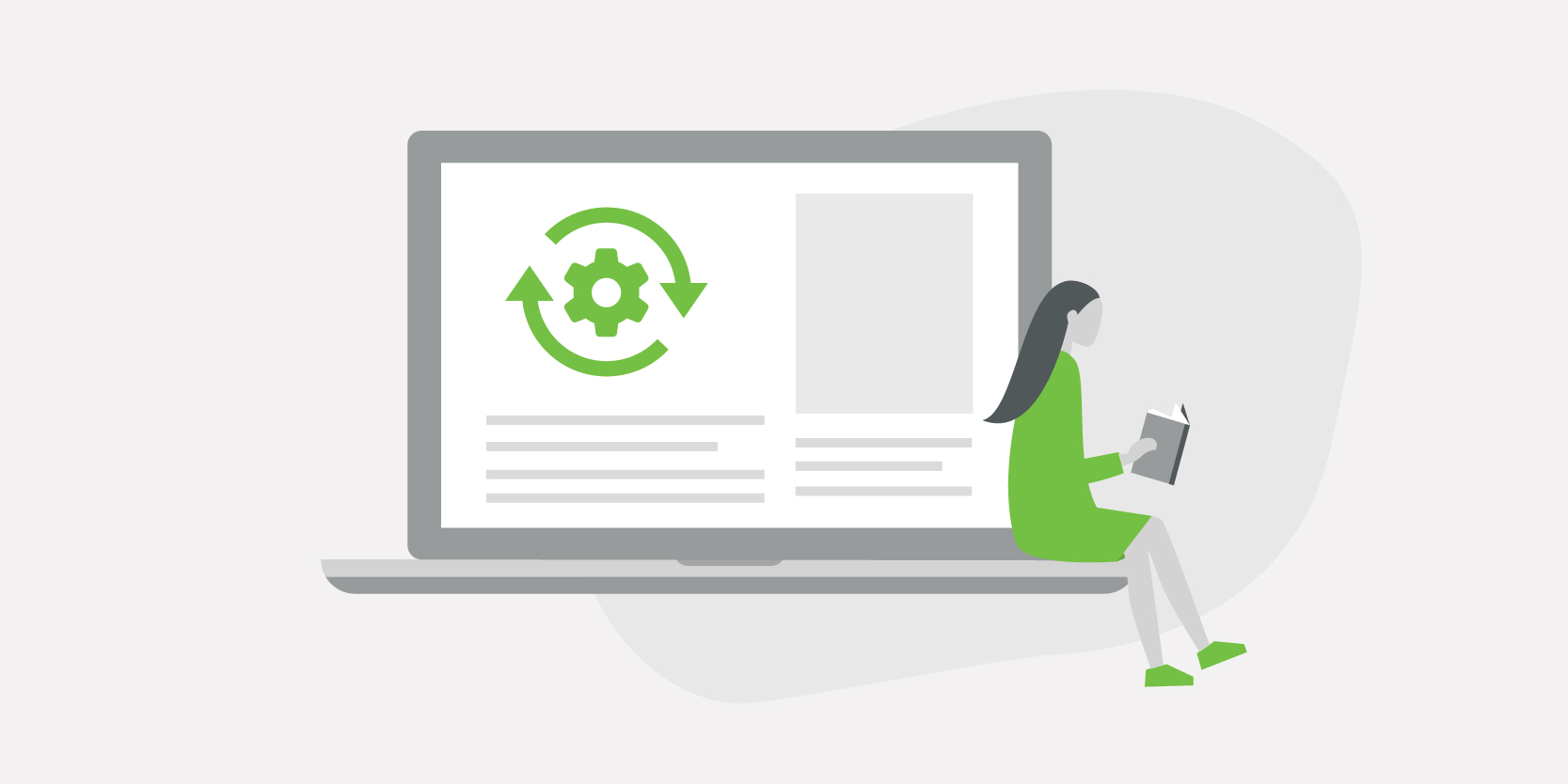
Technical Sales by Hub
Presales Leaders: Get To Know Your Chief Product Officer

In today’s technical sales era, a presales leader must have a strong, healthy, and collaborative partnership with your Chief Product Officer (CPO) because they are the key leader responsible for ensuring your company’s product meets customer and market needs. A good CPO must effectively guide products to $1M, $10M, $100M, and $1B+ ARR milestones, requiring a set of characteristics, skills, and processes to reach their goals.
Understanding your CPO
As recently highlighted in the article Chief Product Officer:(CPO) Background, Skills Required, and Whether You Need One, several qualities contribute to a good product leader. Generally, CPOs exhibit one or a mix of product manager characteristics, but they typically share common attributes:
- Curious and empathic. They seek to learn from the customer and personally relate to their needs.
- Visionary and focused. They provide a vision and drive priorities to execute.
- Communicative and accountable. They convey the needs of the market and drive accountability.
- Ability to prioritize jobs to be done (JTBD). They understand economic drivers from buyers and daily activities performed by users.
Keep these attributes in mind as we examine how your Chief Product Officer partners with other executives to reach company goals.

Sales
Your Chief Revenue Officer (CRO) and account executives are there to grow your top line (revenue, billings, and bookings) and do things to accelerate time to revenue (TTR). Your CPO should account for the “need for speed” and incorporate product features that can accelerate TTR and TTV (Time To Value) throughout the sales stages. The CPO should ensure that pricing is simple to understand and can be mapped to value delivered to the prospect.
Presales
The CPO and product managers should establish a solid and healthy partnership with presales leaders and individual contributors who engage in middle-of-the-funnel activities such as technical discovery, presentation, demos, and evaluation (POC/POV) management. Since presales engineers are the trusted technical advisors to customers and prospects, they can provide a wealth of valuable information to the CPO and product managers on features that must be developed to unlock revenue in a timely manner.
Marketing
Your Chief Product Officer must work closely with your Chief Marketing Officer (CMO) to promote the product effectively in the market. When applicable, your CPO should identify features that are “first, best, and/or only” and deliver strong external proof points, such as customer testimonials, so that the CMO can promote those capabilities in the market. One additional proof point that the CPO can deliver is a product-led experience that creates a “wow” response from the prospect. With a positive emotional sentiment on the product, the CMO can drive those prospects into champions, accelerate TTV, and build a pipeline for sales with a positive emotional sentiment.
Support
Your Chief Product Officer must work closely with your Chief Customer Officer (CCO) to harvest existing customer data and identify development priorities that quickly resolve customer issues and improve your Net Promoter Score (NPS). This focus should result in lower churn and the ability to upsell and cross-sell. Also, their knack for tackling issues effectively and promptly can be an opportunity to earn trust and loyalty from existing customers. There are many stories of vendors earning massive revenue based on how they took accountability and responded to mission-critical bugs.
Engineering
Your Chief Product Officer should have a trusting relationship with your Chief Technology Officer (CTO) and VP of Engineering (VPE) to ensure that product development initiatives are closely aligned with customer needs. Successful CPO and CTO relationships typically adopt the following: :
- A Jobs To Be Done (JTBD) framework to identify evolving and unsatisfied customer needs (check out this HBR article to learn more about JTBD)
- User-centered design principles to ensure that prospects and customers have a positive emotional response to using their product
- Good application program interface (API) documentation for power users and developers that want to extend the product into their workflow
Healthy tension is expected between product and engineering. However, getting alignment on customer and market needs with the frameworks mentioned above should help streamline collaboration.
Finance
Your CPO has an excellent opportunity to partner with your Chief Financial Officer (CFO) to identify ways to optimize the gross and net margin profile of the business. Some levers may include:
- Value pricing based on customer size and/or vertical
- Premium modules that cater to high-value use cases
- Lowering product-related expenses. These include features that can reduce Infrastructure as a Service (IaaS) public cloud costs related to Software as a Service (SaaS) businesses.
Working closely with finance is imperative to determining optimal pricing and packaging that both the market and investors find attractive. Pricing in and of itself is an art, and it is common for CPOs to leverage external sources like Simon Kucher and Partners to determine the proper pricing and packaging model.
Customer
Your CPO must effectively convey customer needs and be their number one advocate. However, being a solid advocate does not mean blindly following the customer. It’s about understanding the JTBD. The art of exploring the customer’s journey is a critical component that helps to define a great product vs. a mediocre one. It is also crucial for your CPO to ensure that your product is highly intuitive and easy to use. That said, products must also incorporate features for power users, like extensive and accessible API capabilities. User groups, customer advisory boards, and critical product metrics should guide the design, development, and delivery of a product worthy of a happy customer.
Summary
A successful CPO works across the company to establish market dominance. As a presales or sales engineer, it’s essential to understand the CPO’s skills and characteristics so you know how to work together to reach the company’s goals.
Here are ten questions to consider to better partner with your CPO.
- What is the current process of prioritizing product features with engineering?
- What tools are used today to prioritize product features?
- How does presales currently provide product feedback?
- How collaborative is the presales and product management relationship today?
- How can the presales feedback approach be improved?
- How would processes need to evolve to improve presales and product collaboration?
- What tools need to be purchased to facilitate better presales and product collaboration?
- What additional skills sets are needed to improve product and presales collaboration?
- Should presales and product management participate in customer advisory board meetings?
- How often should presales and product management meet to review the roadmap?
